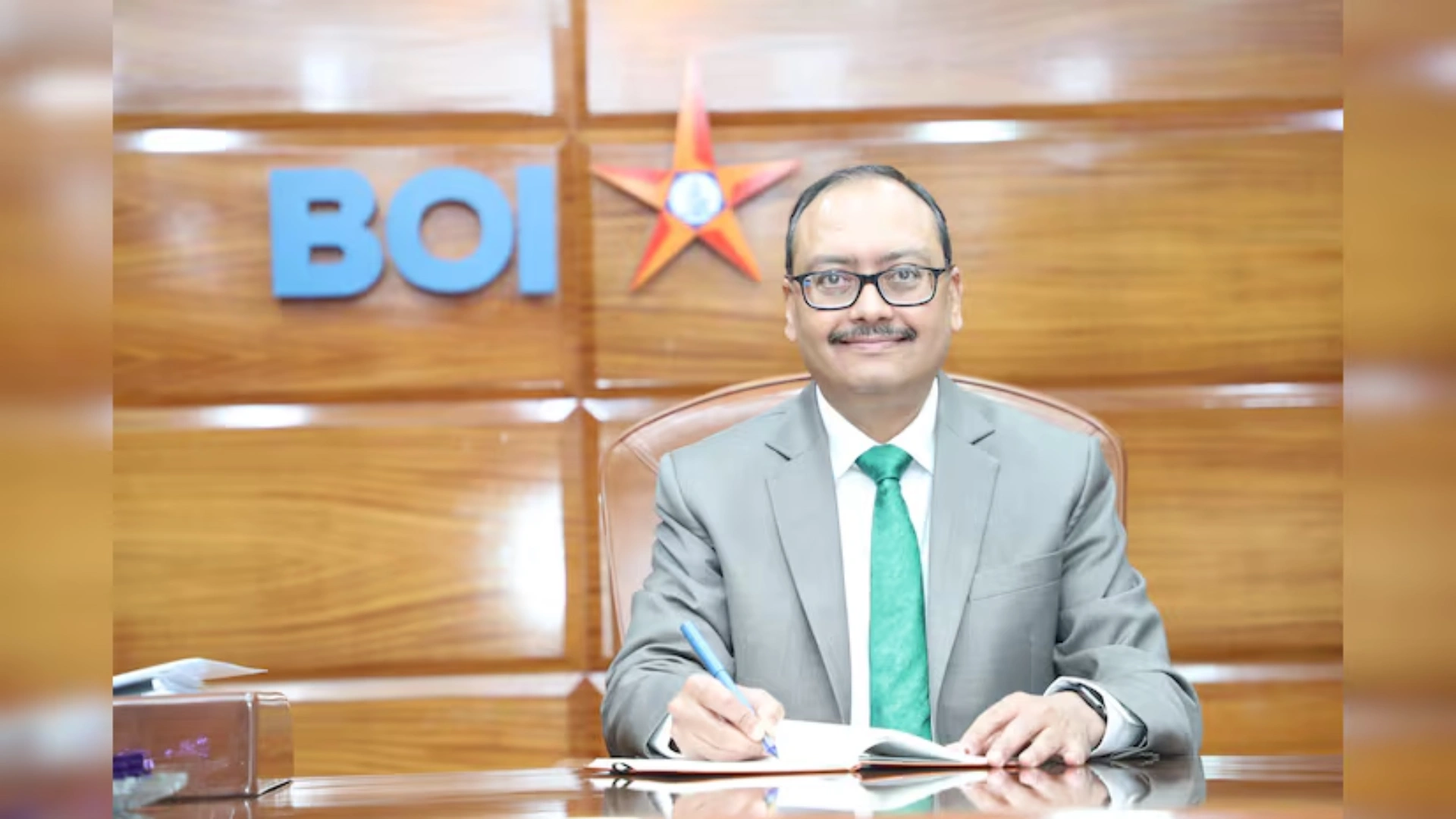The Indian government should consider reducing its stake in public sector banks (PSBs) as the economy continues to grow and will require capital to sustain this expansion, said Rajneesh Karnatak, Managing Director & CEO of Bank of India. Speaking at the ‘IIMK-NSE Annual Conference on Macroeconomics, Banking & Finance’ on Friday, Karnatak emphasized that a lower government shareholding in banks could help meet future financial needs.
Current Government Stake in Major Banks
Karnatak was responding to a question about the possibility of the government reducing its stake below 50%. At present, the government holds a significant share in various public sector banks:
- Bank of India: 73.38%
- State Bank of India (SBI): 57.43%
- Punjab National Bank (PNB): 70%
- Bank of Baroda: 64%
- Canara Bank: 63%
- Central Bank of India: 93%
- Indian Overseas Bank: 96%
While consolidation of banks remains a decision for the government, Karnatak believes that lowering the government’s equity in these banks would help provide the necessary capital for future growth.
Bank of India Unlikely to Cut Deposit Rates Soon
On the sidelines of the event, Karnatak also addressed the issue of interest rates. He mentioned that Bank of India is unlikely to reduce its deposit rates in the current quarter (Q4FY25). The final decision on deposit rates and the marginal cost of funds-based lending rate (MCLR) will be made later this month in the bank’s asset-liability committee (ALCO) meeting.
However, Karnatak noted that the bank’s external benchmark linked loans (EBLR) already reflect the recent rate cut by the Reserve Bank of India (RBI).
Impact of RBI Rate Cut on Banks
The RBI’s Monetary Policy Committee (MPC) recently reduced the repo rate by 25 basis points (bps) to 6.25% in its February meeting. This was the first rate cut in almost five years and was made due to easing inflation and slowing economic growth.
Karnatak explained that while interest rate reductions will have some impact on bank margins, the effect will be short-term and marginal. He highlighted that while EBLR-linked loans adjust immediately to rate cuts, deposit rates and MCLR-linked loans take longer—around two quarters—to reflect the changes.
This aligns with RBI Deputy Governor Swaminathan J’s remarks that monetary policy transmission to deposit and MCLR-linked loans typically takes time compared to EBLR-linked loans, which react immediately.
Conclusion
Karnatak’s comments highlight the ongoing discussions on banking reforms, capital needs, and interest rate policies. While the government’s decision on stake reduction in PSBs remains uncertain, his remarks indicate that a lower stake could benefit banks in the long run by ensuring they have sufficient capital to support India’s growing economy. Meanwhile, the impact of RBI’s rate cuts on bank margins and lending rates will continue to unfold in the coming quarters.
